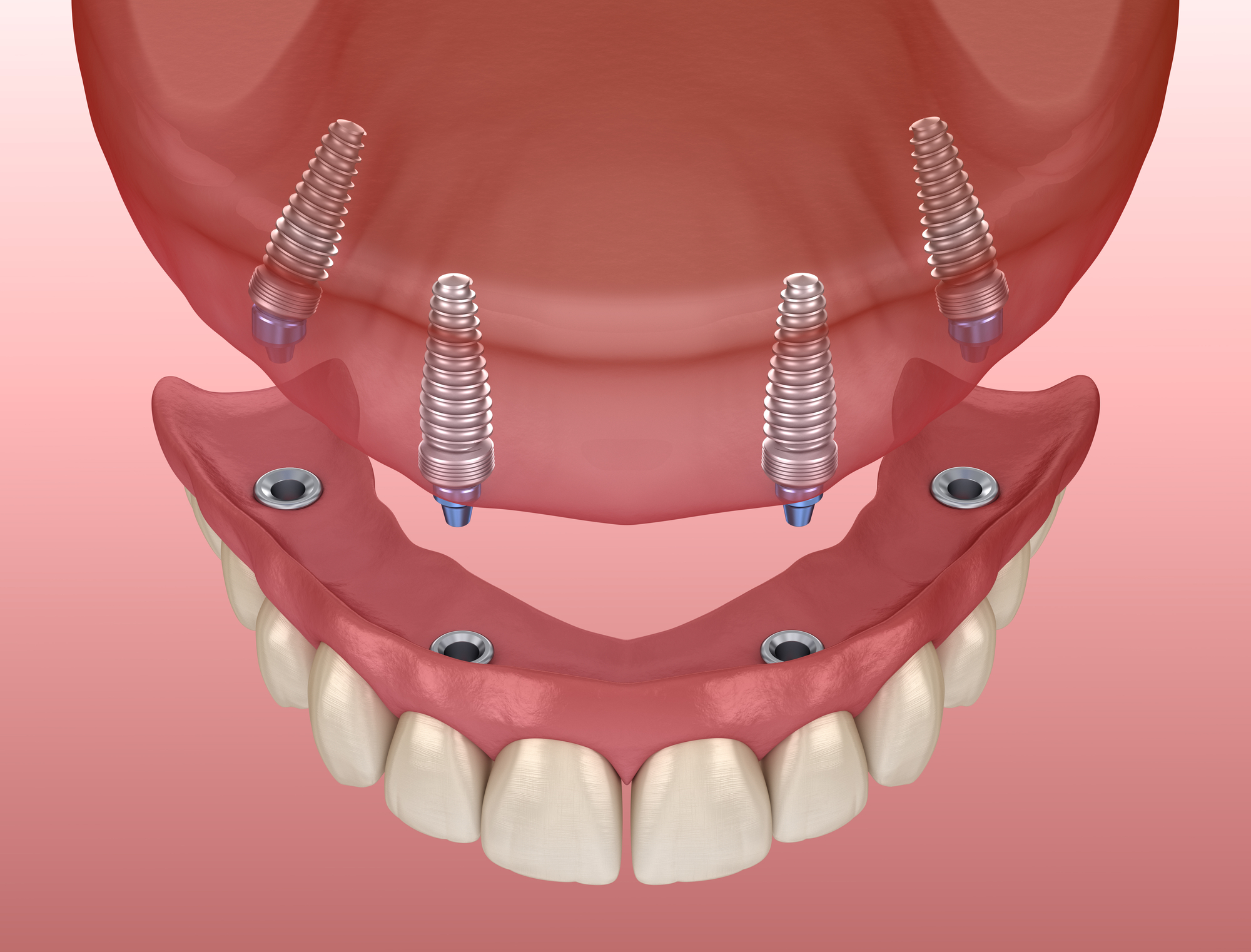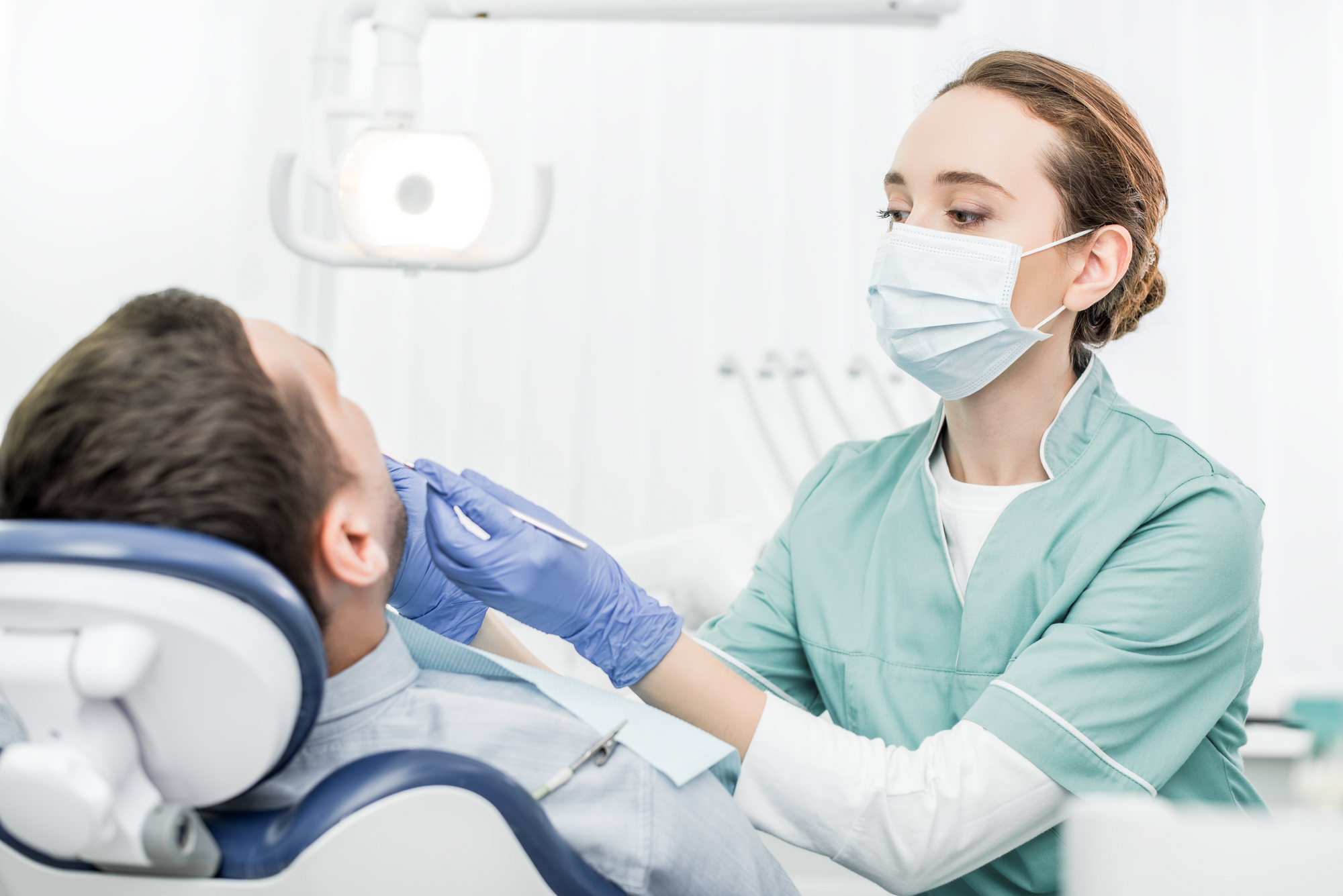Your mouth is home to an array of bacteria, viruses, and fungi that collectively make up the oral microbiome. But how healthy is your oral microbiome? It’s actually rather important to understand the answer to this question as it could potentially have implications for your overall health. In this blog post, we will explore the various factors that contribute to oral health and how changes in the microbiome can help you maintain a healthy mouth and body. We’ll also discuss ways to help balance your oral microbiome so that you can live a more fulfilling life.
What is the oral microbiome?
The oral microbiome is the collection of all the microbes (bacteria, fungi, archaea, and viruses) that live in the mouth. It is a complex and dynamic ecosystem that interacts with the other systems in the body to maintain oral health. The composition of the oral microbiome changes throughout life, from birth to old age, and is influenced by many factors, including diet, hygiene, and disease.
Research on the oral microbiome is still in its early stages, but it is clear that these microbes play an important role in maintaining oral health. For example, they help to break down food particles and produce enzymes that protect against tooth decay. They also help to regulate the immune system and fight off infections. Disruptions to the oral microbiome can lead to dental problems such as cavities and gum disease.
The different types of bacteria in the oral microbiome
There are over 700 different types of bacteria in the oral microbiome. The most common type of bacteria is Streptococcus, which is responsible for cavities and gum disease. Other common types of bacteria include Actinomyces, Candida, and Porphyromonas. Each type of bacteria has a unique set of characteristics that make it well-suited to its environment. For example, Streptococcus is able to break down sugars into acids, which can damage tooth enamel. Actinomyces is a slow-growing bacterium that is often found in plaque. Candida is a yeast that thrives in warm, moist environments like the mouth. Porphyromonas is a bacterium that produces toxins that can damage gum tissue.
The link between the oral microbiome and health
It’s no secret that the health of your mouth can have a big impact on your overall health. For instance, gum disease has been linked to heart disease, stroke, and other serious health problems. But what you may not know is that the microbes that live in your mouth (the oral microbiome) can also have a profound effect on your health.
Recent research has shown that the oral microbiome is much more complex than previously thought, and that it plays a vital role in keeping you healthy. For example, studies have shown that the oral microbiome can help protect against cavities and gum disease, and that it may even play a role in fighting cancer.
The link between the oral microbiome and health is still being explored, but there’s no doubt that these tiny creatures play a big role in our overall health. So if you’re looking to improve your oral (and overall) health, be sure to take care of your oral microbiome!
How important is our wisdom teeth
Wisdom teeth are often referred to as our third molars. They are the last teeth to come in and are usually not visible until we are in our late teens or early twenties. While they may not be essential for chewing or speaking, they do play an important role in oral health.
The wisdom teeth help to keep the rest of our teeth in alignment by filling out the back of the mouth. They also act as a back-up set of molars, which can be important if we lose other teeth later on in life. Additionally, wisdom teeth help to stimulation bone growth and keep the jawbone strong.
While wisdom teeth are not absolutely necessary, they can be helpful in maintaining good oral health. If you have healthy wisdom teeth, it is important to brush and floss them just like your other teeth. If you have any concerns about your wisdom teeth, please talk to your dentist or orthodontist.
How to maintain a healthy oral microbiome
There are a few things you can do to maintain a healthy oral microbiome. First, brush your teeth regularly with a toothbrush and toothpaste that contains fluoride. Fluoride helps to kill bacteria and prevent cavities. Second, eat a balanced diet that includes plenty of fruits, vegetables, and whole grains. These foods provide essential nutrients that help keep your teeth and gums healthy. Third, avoid sugary and acidic drinks, as they can damage your teeth and promote the growth of harmful bacteria. Finally, see your dentist regularly for professional check up as general dentistry services help you monitor your oral health.
What is the link between your brain and your teeth?
Your teeth are home to millions of bacteria, many of which are essential for keeping your mouth healthy. Your brain is also home to billions of bacteria, many of which are essential for keeping your body healthy. The link between your brain and your teeth is the trillions of neurons in your nervous system that connect them.
The connection between your brain and your teeth starts with the trigeminal nerve, which is the largest cranial nerve and controls sensation in your face. This nerve branches off into three main branches: the ophthalmic nerve (which goes to your eye), the maxillary nerve (which goes to your upper jaw), and the mandibular nerve (which goes to your lower jaw). Each of these nerves has thousands of neurons that transmit information from your brain to your teeth.
The link between your brain and teeth is also evident when you consider how important oral health is for overall health. Numerous studies have shown that poor oral health can lead to serious health problems such as heart disease, stroke, diabetes, and even Alzheimer’s disease. Conversely, maintaining good oral hygiene can help reduce the risk of these diseases.
Conclusion
Overall, maintaining a healthy oral microbiome is important for overall health. Our mouth and teeth are the first line of defense against disease, so it’s essential to keep our oral microbiome in check. Eating a balanced diet, brushing regularly with fluoride toothpaste and avoiding sugary sweets can help maintain a healthy balance of bacteria within your mouth. Additionally, visiting the dentist regularly for professional cleaning can also aid in keeping your oral microbiome balanced and healthy. With these simple steps you can ensure that your dental hygiene is kept up-to-date and your oral health remains optimal!



